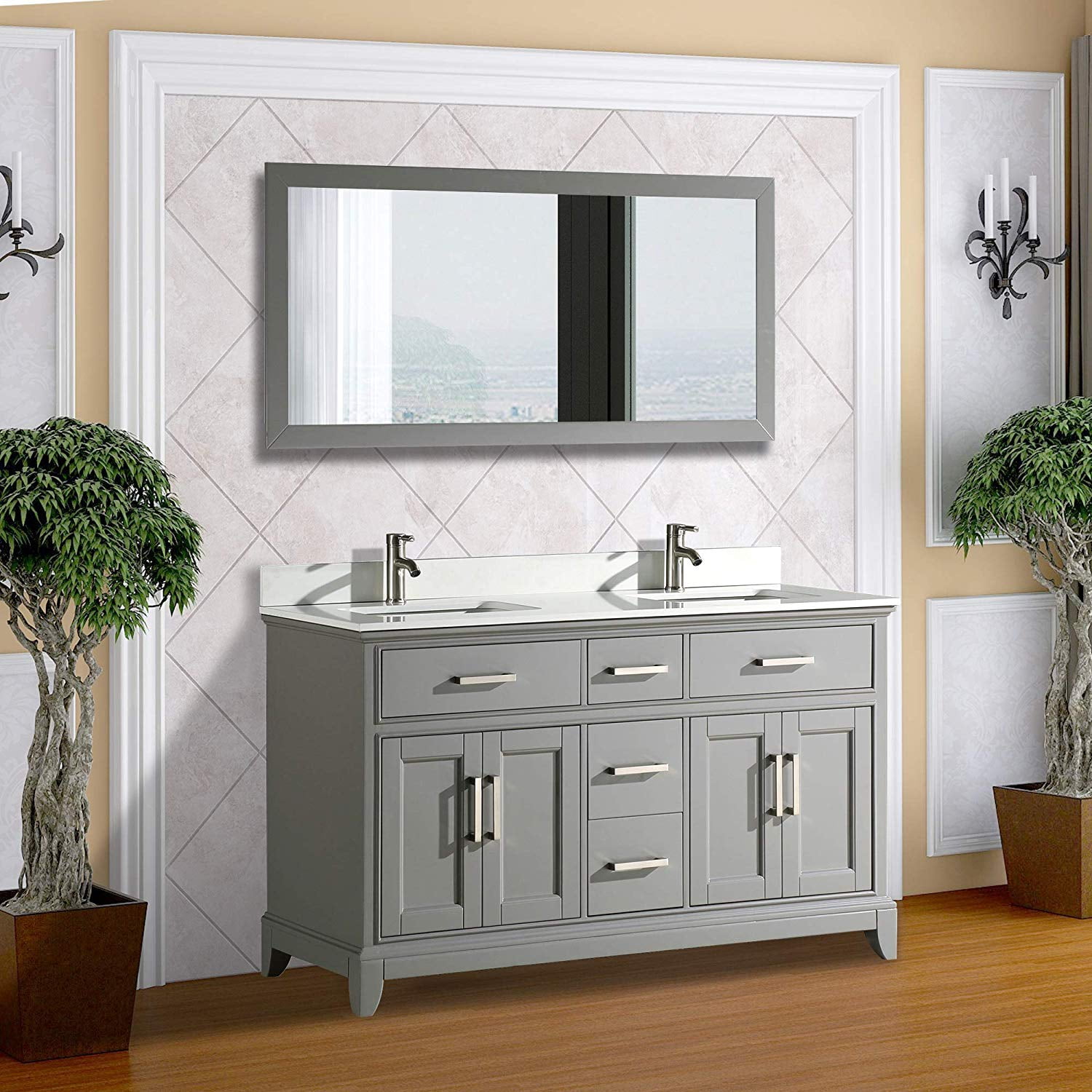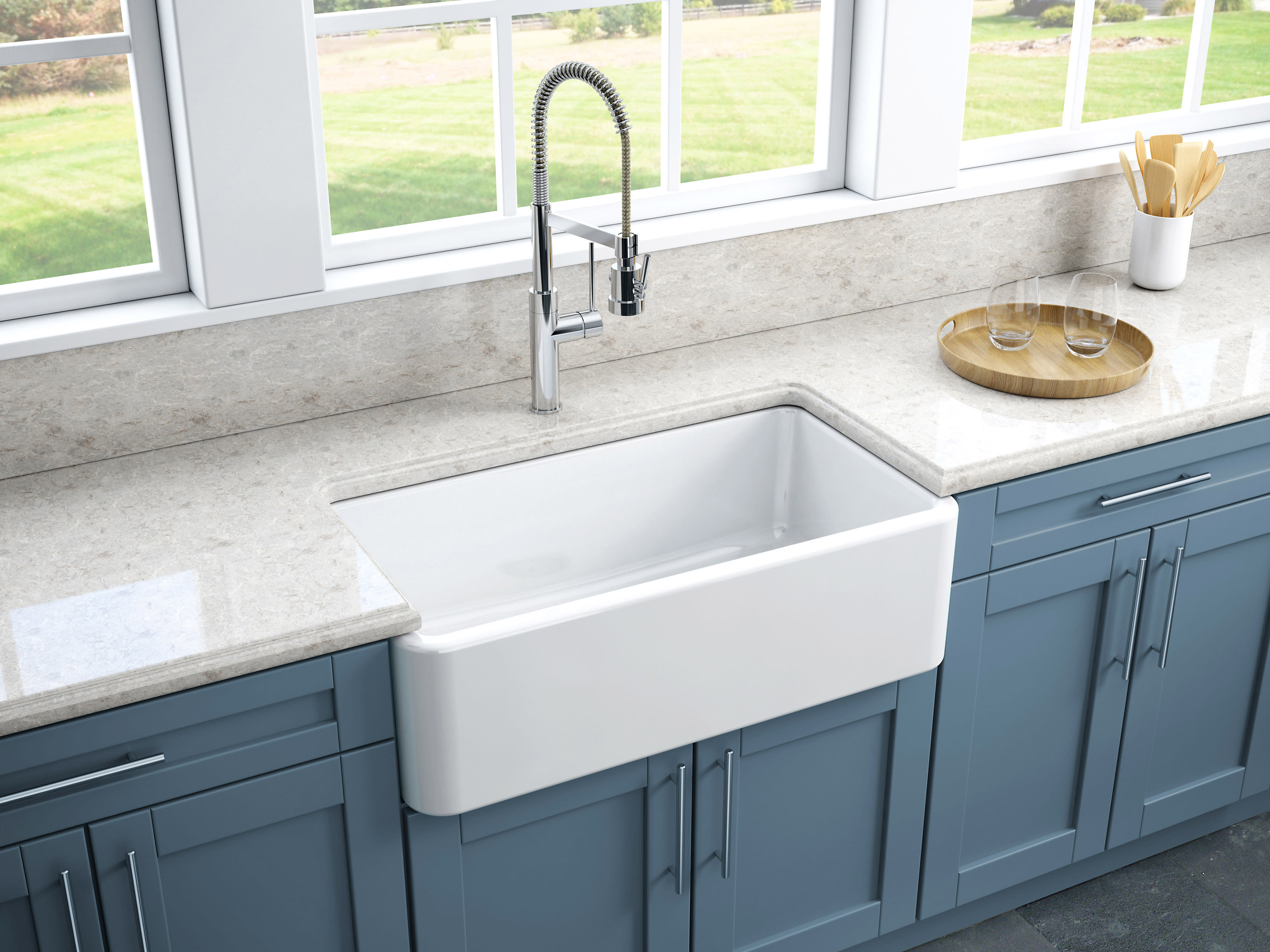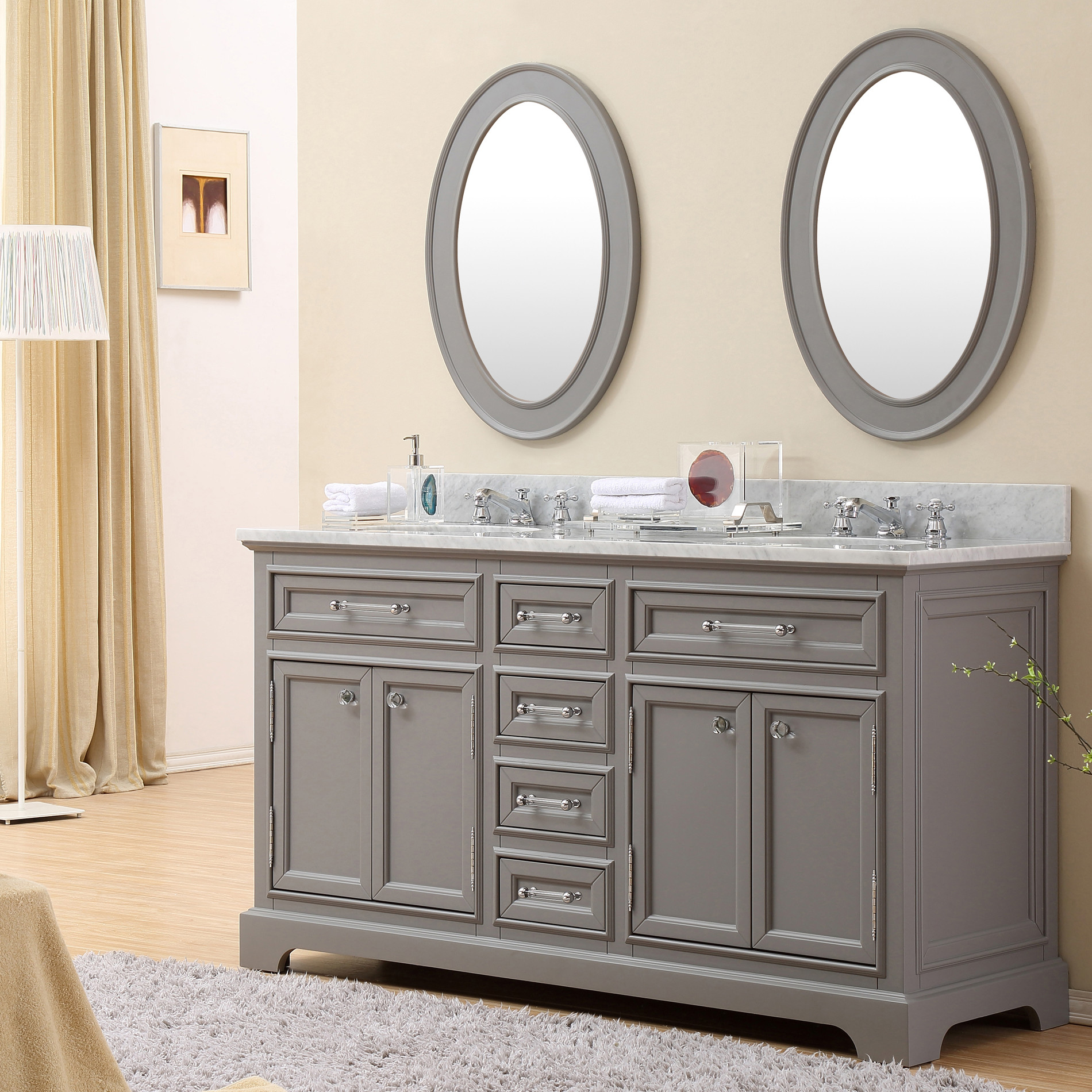Understanding Bathroom Vanity Units for Countertop Basins

A bathroom vanity unit is a vital piece of furniture in any bathroom, offering storage and a stylish design element. A vanity unit specifically designed for countertop basins presents unique advantages and considerations compared to traditional integrated basins.
Features of Bathroom Vanity Units for Countertop Basins
A bathroom vanity unit designed for countertop basins typically features a cabinet base with drawers and/or shelves for storage, a countertop surface, and a separate basin that sits on top. The countertop can be made from various materials like marble, granite, quartz, or laminate, and the basin can be made from ceramic, porcelain, or even glass.
Advantages and Disadvantages of Countertop Basins
Advantages
- Increased design flexibility: Countertop basins offer a wider range of styles, shapes, and sizes, allowing for greater customization in bathroom design. This flexibility can be particularly beneficial for smaller bathrooms where space optimization is crucial.
- Enhanced functionality: Countertop basins provide a larger and more spacious surface area for placing toiletries and other bathroom essentials. This can be particularly useful for those who need more space for their daily routines.
- Easier installation: Countertop basins are typically easier to install than integrated basins, as they do not require any special plumbing or cabinetry modifications. This can save time and money during the renovation process.
Disadvantages
- Higher cost: Countertop basins and their associated vanity units tend to be more expensive than integrated basins. The separate components require additional materials and craftsmanship, contributing to the higher price.
- Potential for leaks: The connection between the countertop and the basin can be a potential leak point, especially if the installation is not done properly. Regular maintenance and inspections are essential to prevent any leaks.
- Limited countertop space: The space around the basin on the countertop can be limited, depending on the size of the basin and the vanity unit. This can be a challenge for those who need a lot of countertop space for their bathroom necessities.
Examples of Vanity Unit Styles for Countertop Basins
Countertop basins can be incorporated into a wide variety of vanity unit styles. Some popular options include:
- Modern vanity units: Often characterized by clean lines, minimalist designs, and sleek materials like stainless steel and glass. Countertop basins in contemporary styles, such as square or rectangular shapes, complement these vanity units.
- Traditional vanity units: Typically feature ornate details, classic materials like wood and marble, and traditional basin shapes like oval or round. These vanity units create a sense of elegance and sophistication in the bathroom.
- Rustic vanity units: Often made from reclaimed wood or natural stone, rustic vanity units embrace a raw and earthy aesthetic. Countertop basins with a distressed or aged finish complement this style perfectly.
Key Considerations for Choosing a Vanity Unit

Choosing the right bathroom vanity unit is crucial for both functionality and aesthetics. A well-chosen vanity can enhance your bathroom’s overall design and create a comfortable and practical space.
Vanity Unit Size and Style
The size and style of the vanity unit are critical factors to consider. The vanity should complement the bathroom’s overall dimensions and design aesthetic. It’s essential to measure the available space accurately to ensure the chosen vanity unit fits comfortably.
- Consider the bathroom’s size and layout. A large vanity may overwhelm a small bathroom, while a small vanity may look out of place in a spacious bathroom.
- Choose a style that complements the bathroom’s décor. A traditional vanity might look incongruous in a modern bathroom, and vice versa.
- Consider the number of drawers and cabinets. A vanity with ample storage space can help keep the bathroom organized and clutter-free.
- Think about the countertop material. Granite, marble, and quartz are popular choices for bathroom countertops.
Material Choice for the Vanity Unit and Countertop Basin
The material of the vanity unit and countertop basin significantly impacts their durability, aesthetics, and maintenance requirements.
- Vanity Unit Materials:
- Wood: Wood vanities offer a classic and elegant look. They can be stained or painted to match the bathroom’s décor. Popular wood choices include oak, cherry, and maple.
- Laminate: Laminate vanities are a budget-friendly option that offers a wide range of colors and patterns. They are also durable and easy to clean.
- Acrylic: Acrylic vanities are known for their smooth, non-porous surface, making them easy to clean and resistant to stains. They are also available in various colors and finishes.
- Metal: Metal vanities are becoming increasingly popular, offering a sleek and modern look. They are typically made from stainless steel or aluminum.
- Countertop Basin Materials:
- Ceramic: Ceramic basins are a classic and affordable option. They are durable and easy to clean.
- Porcelain: Porcelain basins are known for their smooth, glossy finish and high durability. They are also resistant to scratches and stains.
- Glass: Glass basins offer a sleek and modern look. They are available in various colors and finishes.
- Stone: Stone basins, such as granite or marble, are a luxurious and elegant choice. They are known for their natural beauty and durability.
Vanity Unit Functionality
The functionality of the vanity unit is equally important.
- Consider the sink’s size and shape. A large sink may be more convenient for washing hands and faces, while a smaller sink may be more suitable for a smaller bathroom.
- Think about the faucet type. There are various faucet types available, including single-handle, double-handle, and touchless faucets.
- Choose a vanity with ample storage space. A vanity with drawers, cabinets, and shelves can help keep the bathroom organized and clutter-free.
Installation and Maintenance of Vanity Units: Bathroom Vanity Units For Counter Top Basins

Installing a bathroom vanity unit with a countertop basin is a relatively straightforward process, but it’s crucial to ensure proper installation to prevent leaks and damage. Routine maintenance is equally important for keeping your vanity unit looking its best and functioning smoothly.
Installation Process, Bathroom vanity units for counter top basins
Installing a bathroom vanity unit with a countertop basin involves several steps, starting with preparing the area and finishing with connecting the plumbing.
- Prepare the Area: Clear the space around the installation location, ensuring you have ample room to work. Remove any existing fixtures or cabinets.
- Install the Vanity Cabinet: Place the vanity cabinet in its designated location and level it using shims. Secure the cabinet to the wall using screws or anchors.
- Install the Countertop Basin: Position the countertop basin on the vanity cabinet and align it with the faucet holes. Use silicone sealant to create a watertight seal between the basin and the countertop.
- Connect the Faucet: Install the faucet onto the countertop basin, ensuring it is properly secured. Connect the faucet’s supply lines to the hot and cold water lines.
- Connect the Drain: Connect the drain pipe to the countertop basin and then to the drain line in the wall. Ensure the drain pipe is properly secured and sealed to prevent leaks.
Securing the Vanity Unit
Securing the vanity unit to the wall is essential for stability and preventing damage.
- Use the Right Fasteners: Choose screws or anchors that are appropriate for the wall material. Consult a professional if you’re unsure about the appropriate fasteners.
- Securely Attach the Vanity: Drive the screws or anchors into the wall, ensuring they are fully inserted and secure.
- Level the Vanity: Ensure the vanity is level and stable before attaching the countertop basin. Use shims to adjust the level if necessary.
Routine Maintenance
Regular maintenance helps keep your bathroom vanity unit and countertop basin clean and in good condition.
- Clean Regularly: Wipe down the vanity unit and countertop basin with a damp cloth after each use. Use a mild cleaning solution for stubborn stains.
- Inspect for Leaks: Regularly check for leaks around the faucet, drain, and countertop basin. Address any leaks promptly to prevent damage to the vanity unit and surrounding areas.
- Clean the Faucet: Regularly clean the faucet to remove mineral deposits and prevent clogs. Use a soft cloth and a mild cleaning solution.
- Replace the Drain Stopper: If the drain stopper becomes damaged or clogged, replace it promptly.
